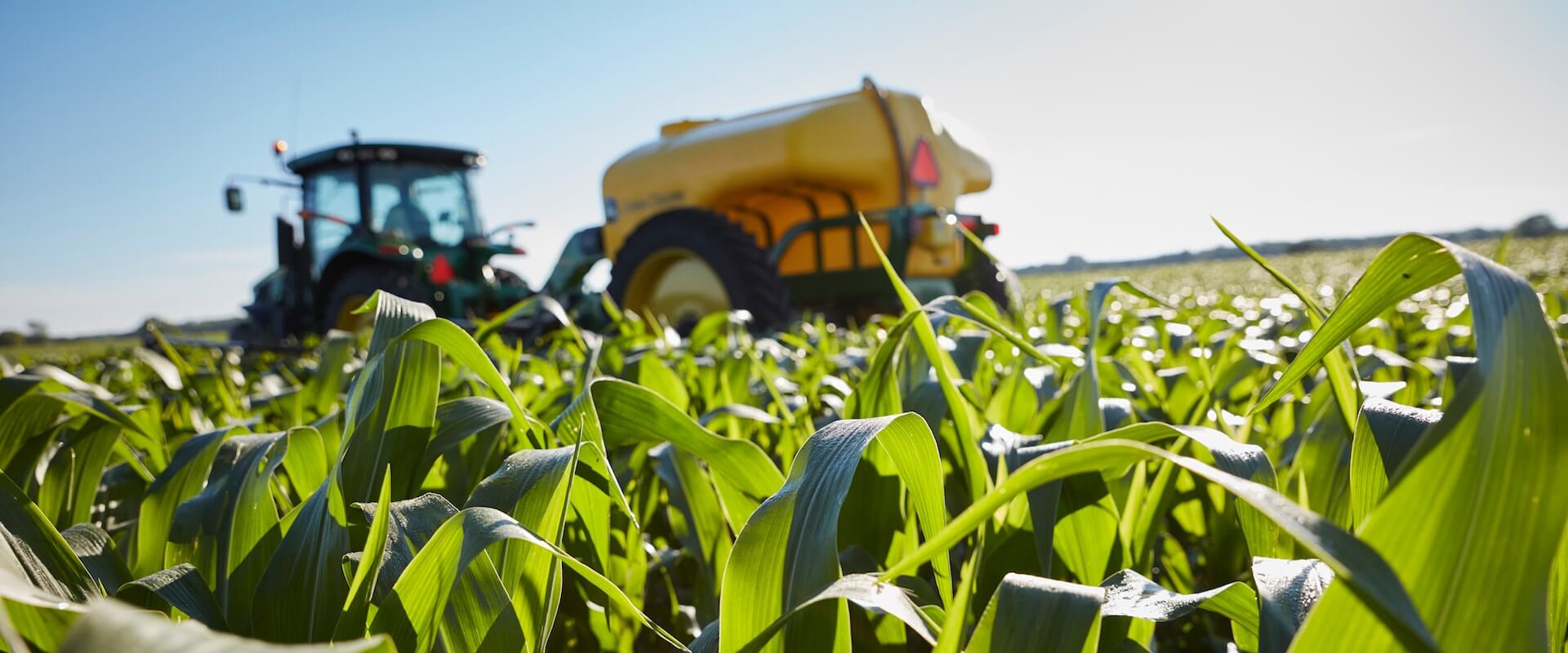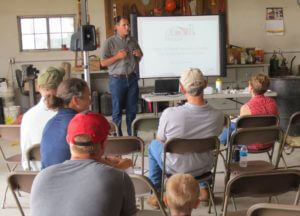 Reading Time: 3 minutes
Reading Time: 3 minutesWritten by Jonathan Eisenthal
Safety should be a year-round habit on the farm, according to Dr. Bruce Alexander, director of Upper Midwest Agricultural Safety and Health Center (UMASH). Many farmers are taking more time to make sure all their equipment is properly serviced – and the more methodical you can be, so not one piece of equipment is overlooked, the less risk you face.
“Farmers and agricultural workers have about six times as much risk of dying on the job as workers in other industries,” Alexander offers the sobering statistics. “It’s a challenge because it is such a dynamic and changing environment. It’s not an environment that you can come up with one-size-fits-all regulations to prevent injury and illness.”
To help, UMASH has started a monthly farm safety check, where a new topic is posted monthly, ranging from confined spaces to electrical equipment safety and more. Alexander believes a person should be identified to stay up to date on these issues.

Dr. Bruce Alexander gives a talk about farm safety at a dairy stockmanship training event.
“Every farm, large or small, should build a culture of safety,” Alexander advises. “Every farm needs to have ‘champions of safety’ on its premises.”
A review by UMASH staff shows that the upper Midwest states—Minnesota, Wisconsin and the Dakotas, saw 53 agriculture work-related injuries in 2015 and 76 in 2016 (through October 1), including 24 fatalities in 2015 and 45 fatalities in 2016. Tractors accounted for 41% of these injuries.
One of the surest means to reduce the likelihood of injury while operating a tractor is to make sure it’s equipped with a ROPS, or rollover protection system — a roll bar or cage that fits inside the cab or arches over the seat of an open tractor. Last year, farm operators quickly ran through money offered by the State Legislature to cost-share ROPS installations, something Alexander hopes is offered again.
When it comes to the planter, Alexander advises that several safety practices like paying attention to one’s level of fatigue and taking care when moving equipment on public roadways are top of mind.
“One of the challenges during spring planting is just the sheer amount of work and the fatigue that happens when you are working late into the evening,” says Alexander. “Working those many long hours, you start to lose attentiveness.”
These days more people are traveling through farm country, so roadway safety is also a major concern.
“Making sure that anyone moving a piece of agricultural equipment, particularly in low light, is well marked, well-lighted and moving in a way that people can see it,” Alexander says. “Other drivers on the road need to be aware of the possibility of encountering equipment on the road at this time of year, too.”
Dr. Alexander is an expert in occupational health with the University of Minnesota School of Public Health.
The Upper Midwest center for Agriculture Health and Safety is funded by the National Institute for Occupational Safety and Health, a division of the Centers for Disease Control and Prevention. UMASH involves School of Public Health, School of Veterinary Medicine, Minnesota Department of Health and the National Farm Medicine Center at the Marshfield Clinic in Wisconsin with the Migrant Clinicians Network.

